- OpenStack Software delivers a massively scalable cloud operating system.
http://www.openstack.org/
This is a set of integration tests to
https://github.com/openstack/tempest
- Heat
Heat manages the whole
Heat primarily manages
https://wiki.openstack.org/wiki/Heat
- Load Balancer as a Service (
LBaaS )
The Networking service offers two load balancer implementations through the neutron-
Both implementations use agents. The agents handle the HAProxy configuration and manage the HAProxy daemon.
Another
https://docs.openstack.org/mitaka/networking-guide/config-lbaas.html
- Octavia is an open source, operator-scale load balancing solution designed to work with OpenStack.
Octavia version 4.0
amphorae - Amphorae are the individual virtual machines, containers, or bare metal servers that accomplish the delivery of load balancing services to tenant application environments. In Octavia version 0.8, the reference implementation of the amphorae image is an Ubuntu virtual machine running
https://docs.openstack.org/octavia/latest/reference/introduction.html
- The Sahara project provides a simple means to provision a data-intensive application cluster (Hadoop or Spark) on top of OpenStack.
https://wiki.openstack.org/wiki/Sahara
- OpenStack
OpenStack is an Infrastructure as a Service (
It is
OpenStack integrates code from NASA's Nebula platform
http://en.wikipedia.org/wiki/OpenStack
- OpenStack is a cloud operating system that controls large pools of
compute datacenter
- The OpenStack project is an open source cloud computing platform that supports
all types of
OpenStack software controls large pools of
OpenStack provides an Infrastructure-as-a-Service (
Each service offers an Application Programming Interface (API) that facilitates this integration.
https://developer.ibm.com/recipes/tutorials/newton-openstack-installation-on-centos7-inside-the-virtualbox/
- This page introduces the shared file system service for OpenStack
--
https://wiki.openstack.org/wiki/Manila
- The OpenStack Object Store project, known as Swift, offers cloud storage software so
that
https://wiki.openstack.org/wiki/Swift
- Keystone is an OpenStack service that provides API client authentication, service discovery, and distributed multi-tenant authorization by implementing OpenStack’s Identity API.
https://docs.openstack.org/keystone/latest/
- OpenStack Nova
OpenStack Nova provides a cloud computing fabric controller, supporting a wide variety of
https://github.com/openstack/nova
- Glance image services include discovering, registering, and retrieving virtual machine images. Glance has a RESTful API that allows querying of VM image metadata
as well as be stored
https://www.openstack.org/software/releases/liberty/components/glance
OpenStack: Integrating Ceph
Manila on CephFS
- Cyborg (Accelerator Life Cycle Management)
https://governance.openstack.org/tc/reference/projects/cyborg.html
DevStack to quickly bring is used
http://www.bogotobogo.com/DevOps/OpenStack-Install-On-Ubuntu-16-Server.php
- To learn more about OpenStack cloud management software, a student or researcher may install OpenStack on a single machine, such as a laptop computer or a virtual machine, and emulate a small
datacenter
http://www.brianlinkletter.com/openstack-on-one-machine/
- Determine the network configuration on the interface used to integrate your OpenStack cloud with your existing network. For example, if the IPs given out on your network by DHCP are 192.168.1
. be able to IP s
To make things easier later change your host to use a static IP instead of DHCP (i.e. 192.168.1.201).
We need to add a user to install
https://docs.openstack.org/devstack/latest/guides/single-machine.html
- The OpenStack Object Store project, known as Swift, offers cloud storage software so
that
https://wiki.openstack.org/wiki/Swift
Kuryr be able to
https://wiki.openstack.org/wiki/Kuryr
- RDO is a community of people using and deploying OpenStack on CentOS, Fedora, and Red Hat Enterprise Linux
- WHAT IS EUCALYPTUS
Eucalyptus enables the creation of on-premise Infrastructure as a Service clouds, with no requirements for retooling the organization's existing IT infrastructure or for introducing any specialized hardware.
http://www.eucalyptus.com/learn/what-is-eucalyptus
- Eucalyptus (computing)
Eucalyptus uses existing infrastructure to create a scalable, secure web services
http://en.wikipedia.org/wiki/Eucalyptus_(computing)
- OpenNebula
http://opennebula.org/
- Apache
CloudStack isopen source software designed to deploy and manage large networks of virtual machines, as a highly available, highly scalable Infrastructure as a Service (IaaS ) cloud computing platform.
- Nimbus
Nimbus Platform is an integrated set of tools that deliver the power and versatility of infrastructure clouds to scientific users. Nimbus Platform allows you to combine Nimbus, OpenStack, Amazon, and other clouds
http://www.nimbusproject.org/
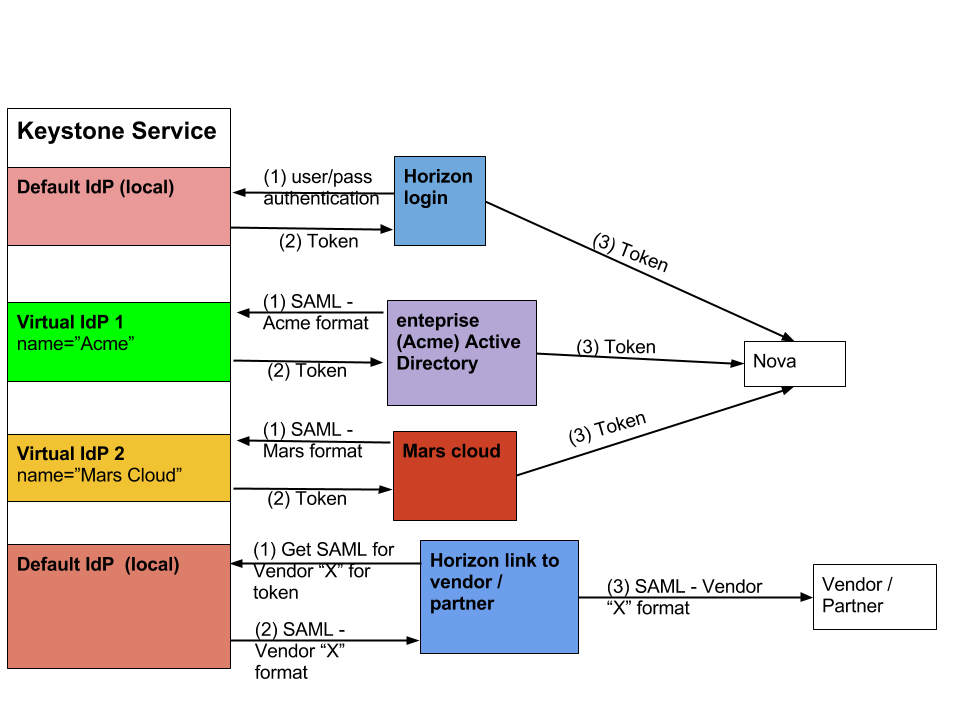


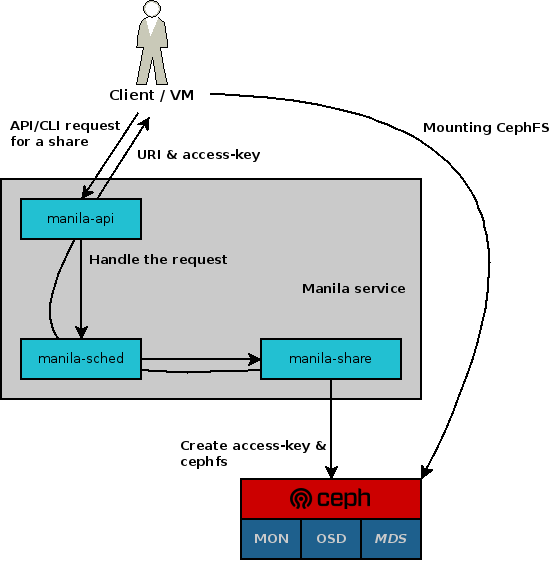
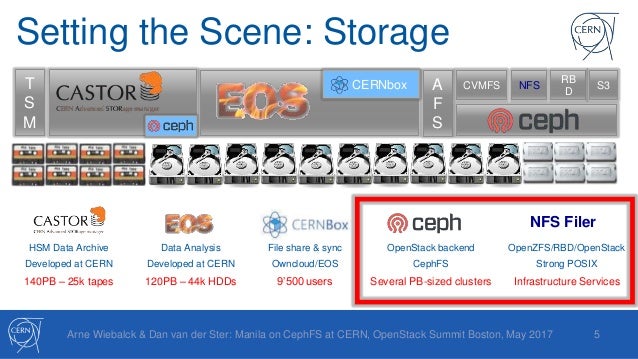
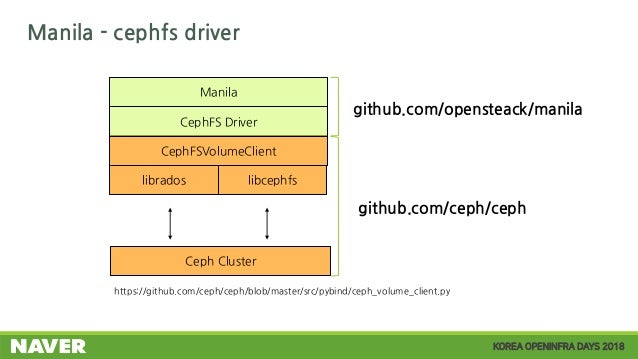
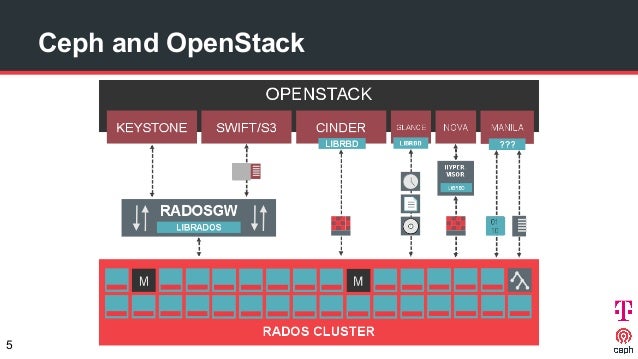

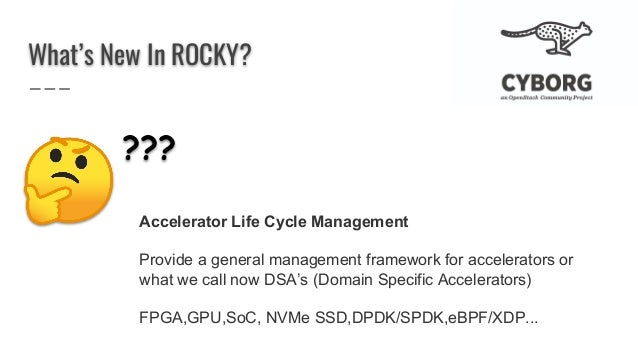

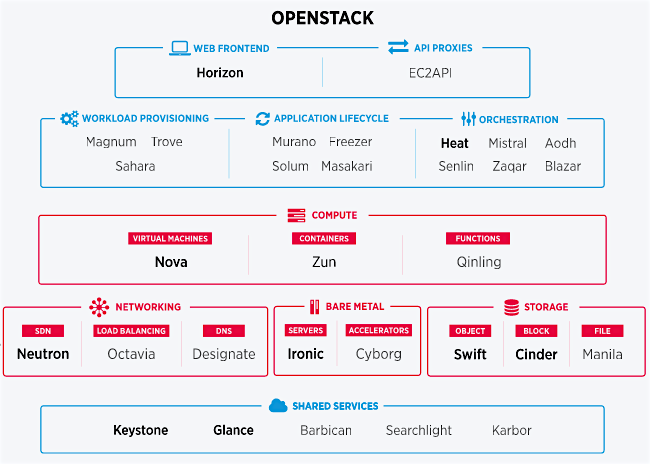
This information is really awesome thanks for sharing most valuable information.
ReplyDeleteOpenstack Training
Openstack Training Online
Openstack Training in Hyderabad
This is good information and really helpful for the people who need information about this. Good information. Thanks for sharing with us Igained more knowledge from your blog. Keep Doing..Igained more knowledge from your blog. Keep Doing..
ReplyDeleteoracle training in chennai
oracle training institute in chennai
oracle training in bangalore
oracle training in hyderabad
oracle training
hadoop training in chennai
hadoop training in bangalore